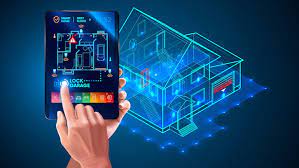Nuance Audio is a new option for people who resist traditional aids, from the company that makes Ray-Bans and operates LensCrafters.
Seekers of Meaning Podcast Posted Online March 7, 2025
What's Next Longevity Deal Talk Episode 32, January, 2025
Presentation: What's Next Longevity Venture Summit, June, 2025

 Tech for an aging population – niche or not. November is done. But recent announcements about
Tech for an aging population – niche or not. November is done. But recent announcements about  Smart home technologies are not part of the home care solution set.
Smart home technologies are not part of the home care solution set.  What is a Smart Home? Should it be Connected?
What is a Smart Home? Should it be Connected?  Smart home, plugged in but not connected. Consider the Boston Consulting Group’s 2018 market sizing and landscape
Smart home, plugged in but not connected. Consider the Boston Consulting Group’s 2018 market sizing and landscape